Slayer matches in Halo Infinite seem straightforward. Each kill is worth a point, and most games are played to 50 points. The first team to 50 points wins. But don’t let the simple rules confuse you.
Slayer is about much more than mindlessly hunting enemies until you’ve killed them 50 times, and fantastic aim isn’t that crucial to win. Instead of randomly taking out enemies, try following a few of these core principles, all of which will lead your squad to more consistent victories.
Know the map
The most important thing to learn in Halo multiplayer is basic information about the map. Players who can easily get to high ground or know good shooting angles because they’re familiar with the arena will outperform newbies every time. Conversely, having no clue whether the corridor you’re sprinting down will take you to safety or right into a horde of enemy Spartans is a recipe for disaster.
There’s not really a shortcut for this knowledge. It’ll take a few hours. And once you’ve gotten familiar with the general layouts of the maps available in the beta, there’s more: you’ll want to learn the location of items. Powerful weapons like snipers or rockets, equipment like the grappling hook or the Repulsor, and power-ups like Active Camouflage and the Overshield are crucial for victory, particularly in Slayer. Enemies who know what they’re doing will try their best to take those items first, but if your team is able to get them, putting points on the board becomes much easier. While your Spartan’s onboard AI sometimes alerts you to important nearby items, it’s really best to have their locations memorized.
Good map knowledge can also be a vital tool for finishing off weakened enemies or successfully escaping when your own shields are depleted. Smart players who know the map can bounce grenades into Spartans who think they’re safe behind cover or cut off their escape route. If they’re the ones in trouble, map knowledge will often allow a player to make a creative beeline to their teammates or otherwise evade pursuit and deny opponents a kill.
Control the map
The first priority of an experienced Halo player in a Slayer match is to gain control over the map. That might sound strange since Slayer, unlike Capture the Flag or Strongholds, isn’t a mode that requires Spartans to defend or attack defined areas. But teams that prioritize controlling the map in Slayer will always get more kills than teams that naively attempt to outplay enemies in risky gunfights.
Map control is based on the notion that certain areas of the map are much more valuable than others. These prime chunks of real estate provide advantages like visibility for sniping and gathering information, superior shooting angles, relative safety from grenades, or a place where power weapons drop. For example, a player with a sniper rifle who can look over a big chunk of the map and call out the location of enemies or kill them outright is a huge advantage.
This advantage often snowballs: the sniper might get an easy kill, leaving the other team at a numbers disadvantage (more on that in a bit). Another strong weapon, say the SPNKR rocket launcher, might spawn in the area the sniper is covering. That allows the sniper’s team to safely pick up another weapon that can control even more area and deny the enemy team their best hope for leveling the advantage. Lastly, the opponents in this scenario are left with two bad options: either they challenge the team with power weapons and risk giving them easy kills, or confine themselves to a different area of the map that forces them to play from a weaker position.
If it ever feels like the other team always has the good weapons or knows exactly where you are at all times, they have effective map control. To win, you need to take it back. The importance of this concept can’t be overstated. Kills might seem great, but they’re useless without a broader strategy, and it wouldn’t be much of an exaggeration to say the struggle for map control is the real contest between teams in Slayer matches.
Do the math
Say there are four players on the enemy team. If your team is able to kill two of them without any losses, the remaining enemies on the map will be at a huge disadvantage—the perfect time to press the attack. That math works both ways. If your squad is dead, it’s best to avoid engagement with the enemy team if remotely possible. It’s a bit obvious, but the advice can be hard to follow, particularly if there’s a tempting opponent nearby. Try to wait for your team to respawn so when a fight starts up, it’ll at least be fair. Players who don’t pay attention to the math feed the enemy team with easy kills, so don’t be that Spartan.
Get juiced up
Grabbing power-ups Active Camouflage and the Overshield as often as possible is practically a requirement for winning Slayer matches. You gain a big advantage from these powerful items when you get them, and as a bonus, you deny them to your enemies. The same goes for weapons like the SPNKR, and, to a lesser extent, equipment like shields and grappling hooks, which soak up enemy fire and increase your mobility.
Shoot with your friends
Two or more Spartans can make quick work of an isolated opponent. Like many of these core strategies, team shooting then opens a numbers advantage on the field that can immediately be exploited, ideally for a wipe of the entire enemy squad. The less enemies are alive, the easier it is for your team to establish map control. All the better if you have voice communication open with your teammates. Let them know where enemies are, how many there are, and whether they’re weak.
Become hard to kill
Lastly, Halo beginners often rely on luck to win shooting exchanges, hoping their aiming skills will carry the day. If their target hits their shots, they have no back-up plan. Veterans always try to take fights where they already have an advantage, whether it’s the element of surprise, an opponent who’s already weak, or a good weapon. Even the most skilled players still get caught off guard. But good players have no compunctions about leaving when things aren’t going well, turning tail to fight another day and re-engaging from a stronger position.
It’s easy to run around just looking for enemies to shoot, but there’s a lot more to Slayer matches than it first appears. Just a little bit of these strategies can go a long way.


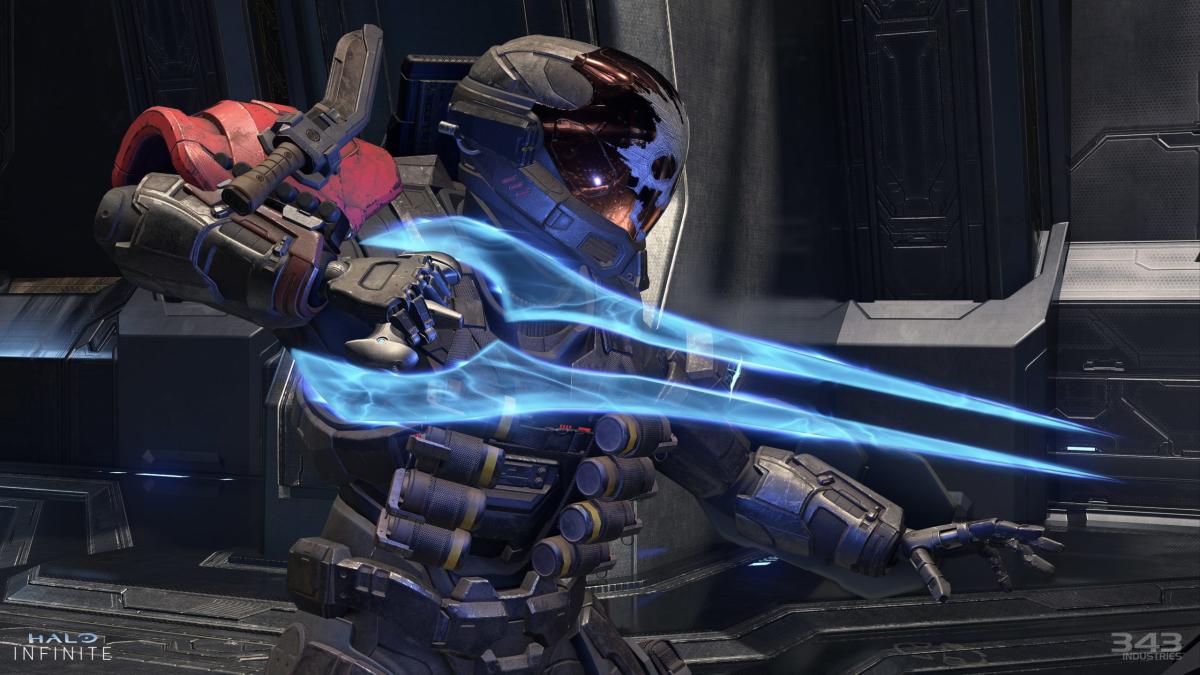
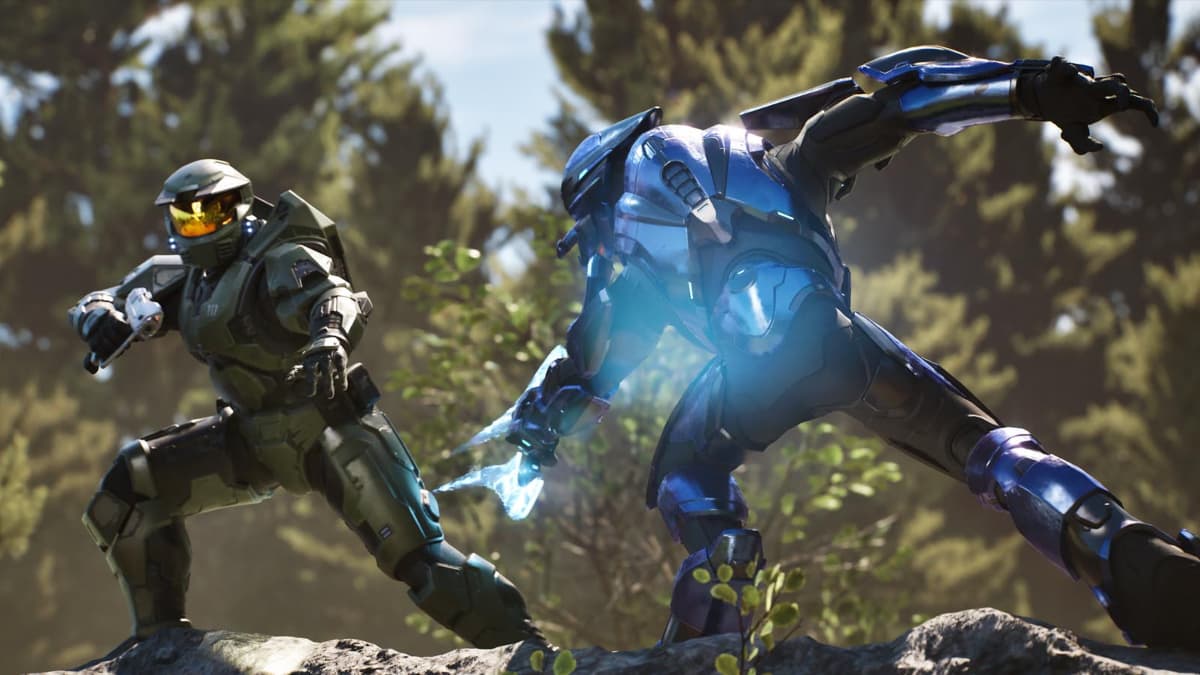
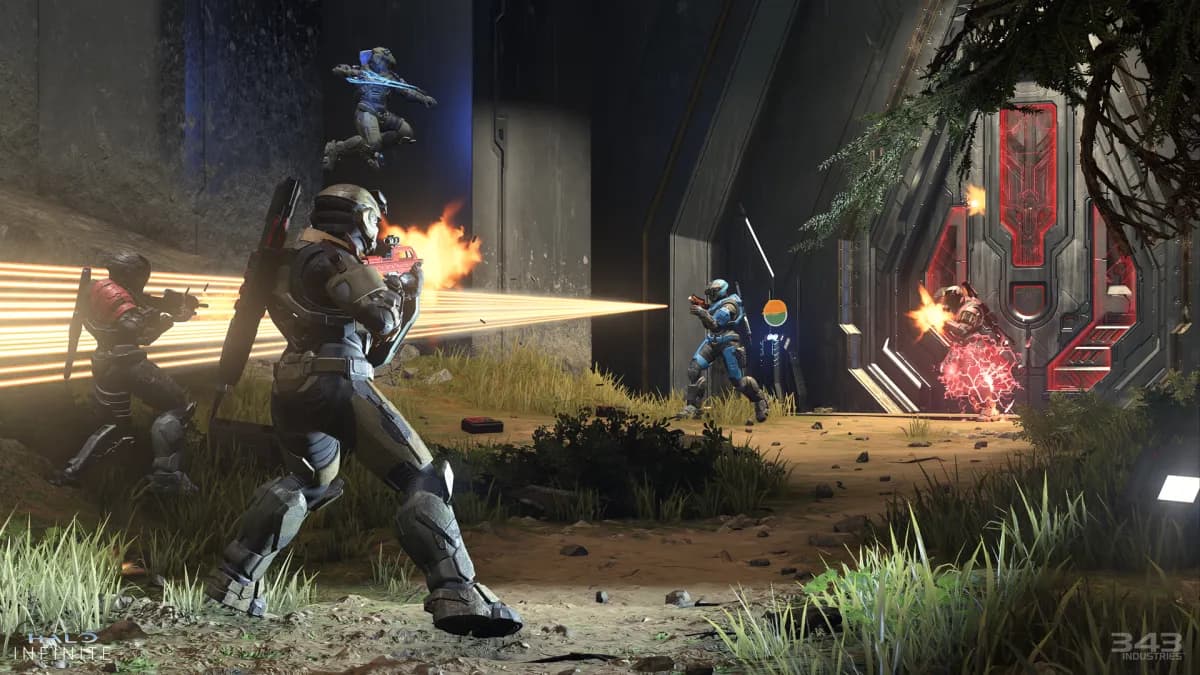
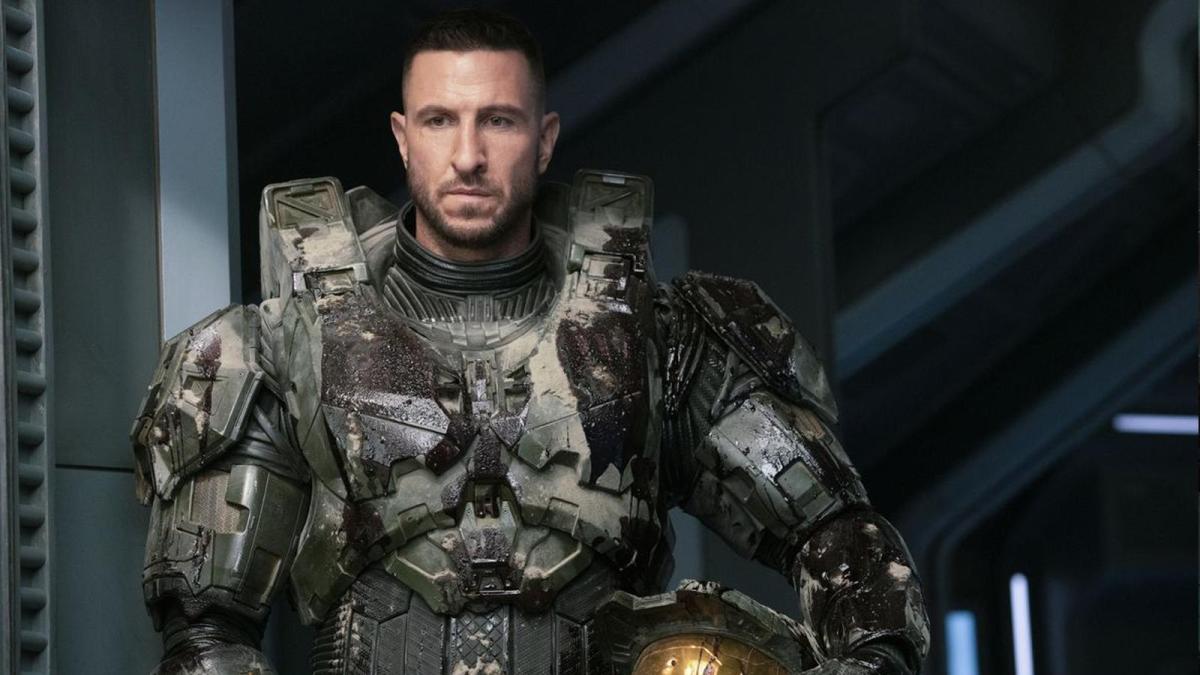
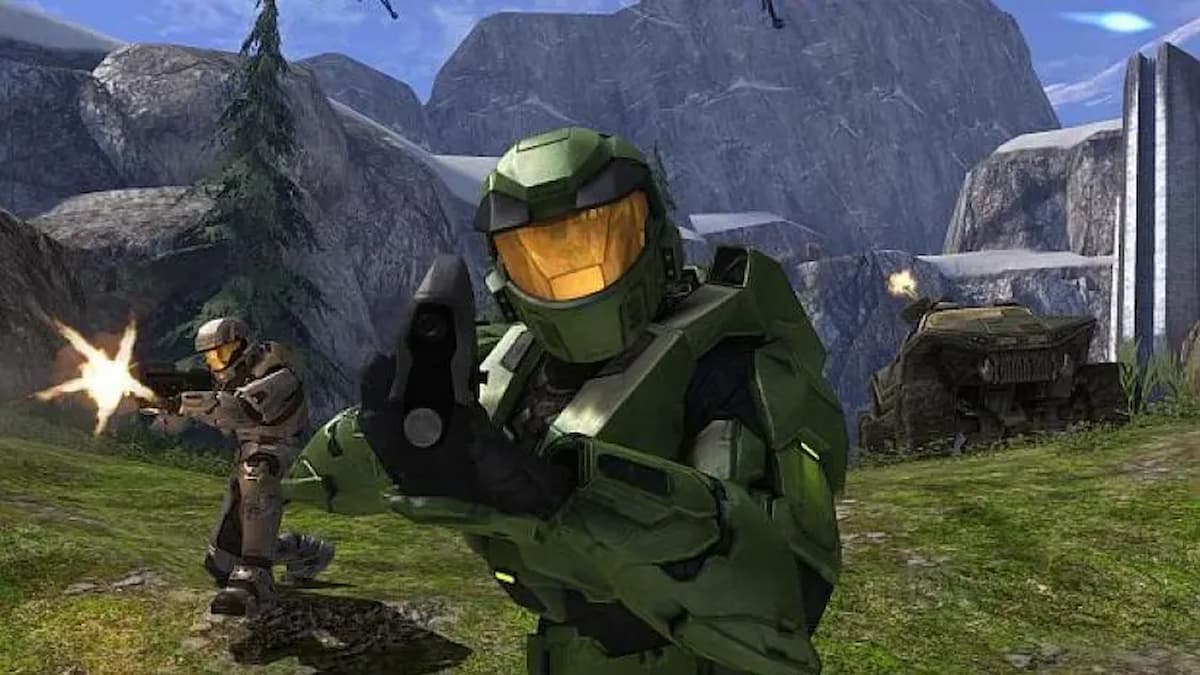
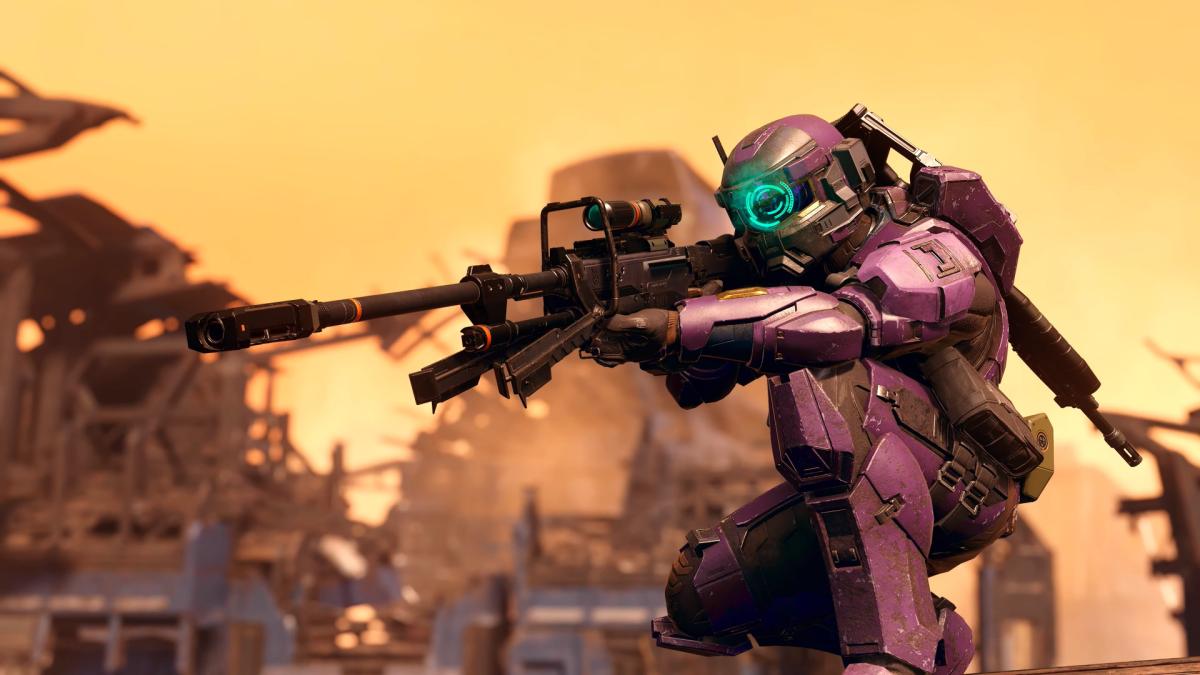
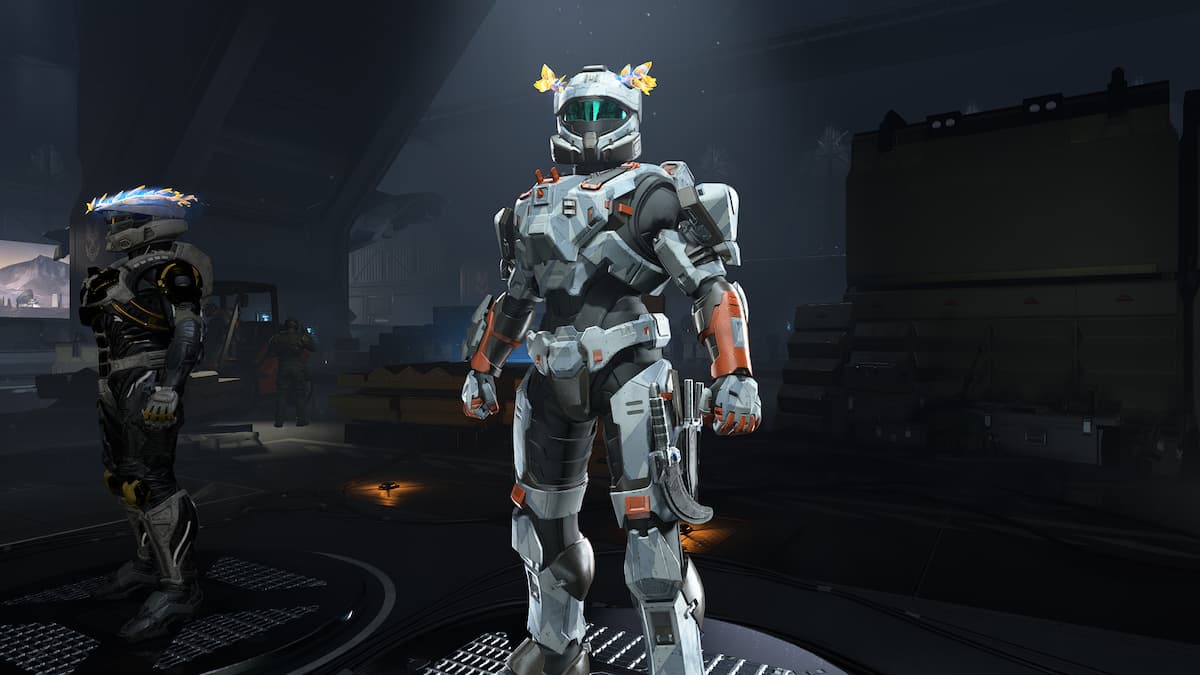
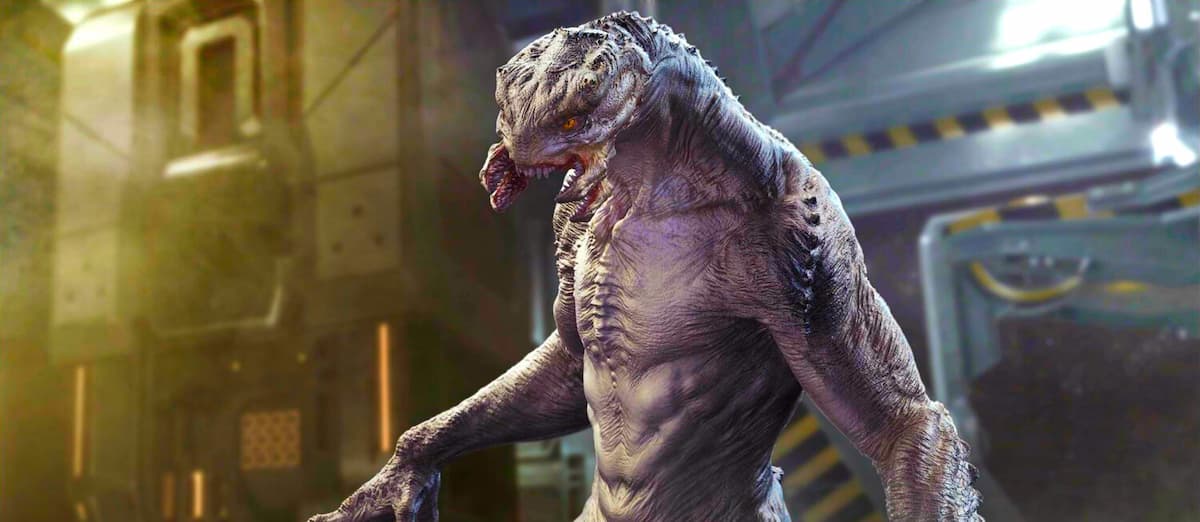
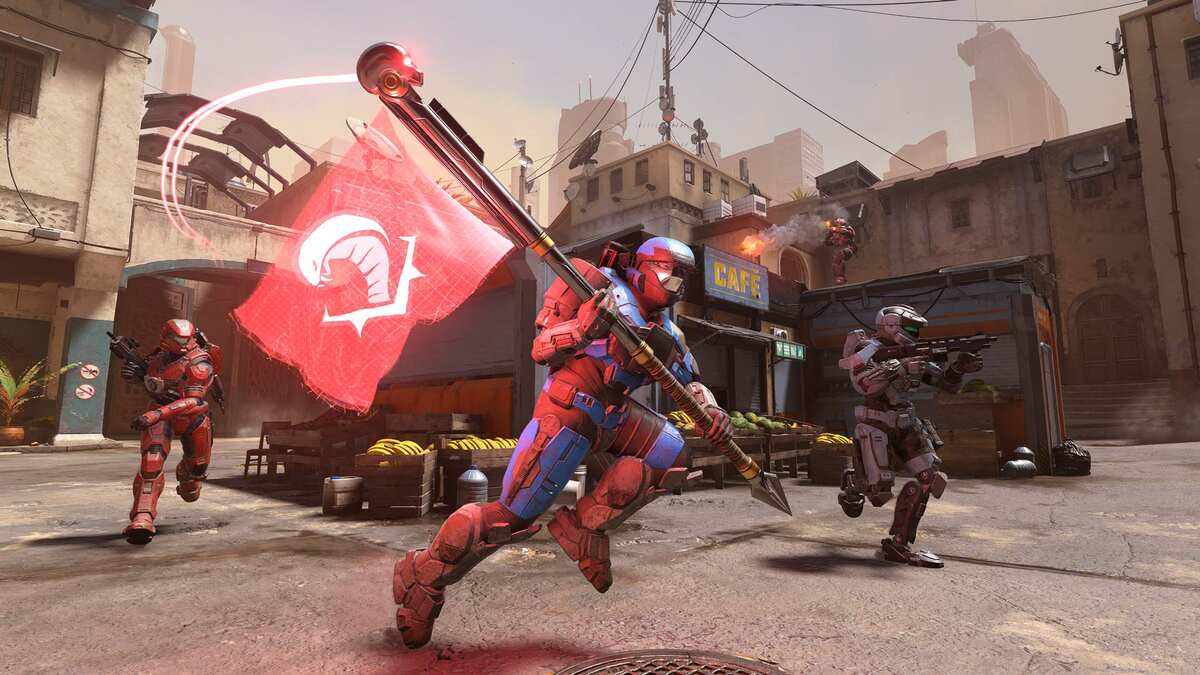
Published: Nov 18, 2021 05:17 pm